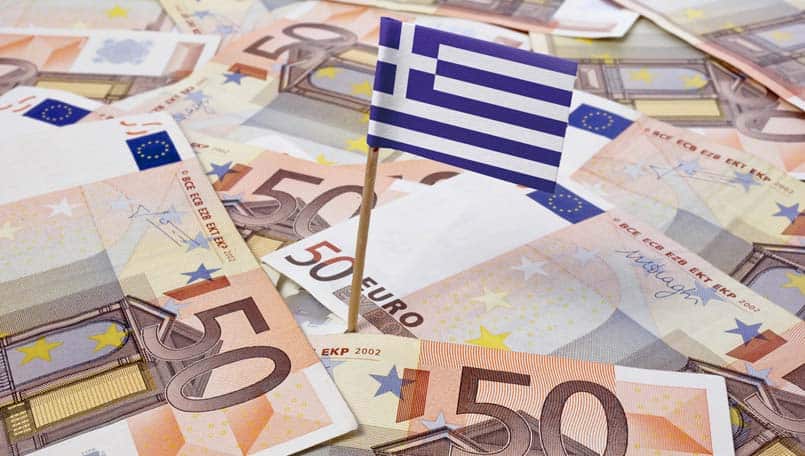Greece is consistently in the top 5 European countries with the most expensive loans, both for housing and consumption in general, with lending rates constantly increasing, in contrast to those of deposits, which insist on being stuck at low levels at the expense of mainly small savers.
According to the latest data from the European Central Bank (ECB), our country offers an interest rate of 4.49% for housing, the fifth highest after Lithuania (5.89%), Latvia (5.89%), Estonia (5.81%) and Cyprus (5.20%), with the European average term to form last October at 3.97%.
11.32% for loans granted for consumption, the third highest after Latvia (13.96%) and Estonia (12.93%), with the European average “reaching” 7.90% and 1.78% for fixed-term deposits, the second lowest after Cyprus (1.54%) and the European average of 3.27%.
As reported by DBRS Morningstar in its relevant report, Greek banks were in first place in terms of interest margins in the first half of 2023, a fact that the Bank of Greece (Bank of Greece) has also pointed out many times.
On the occasion of the publication of interest rates for October, the central bank notes: “The interest margin between new deposits and loans remained almost unchanged last October, at 5.71 percentage points, while the interest margin between existing deposits and loans increased to 5.93 percentage points.”
The general director of prudential supervision and resolution of the Bank of Greece, Mr Yiannis Tsikripis, recently moved along the same wavelength, speaking in the Parliament, admitted that Greece is gradually in the last quarters among the countries with the highest spread.
“This has slowly decreased because we are observing something that we have seen in other countries happen in the previous months: a gradual transfer of savings deposits to term, so the phenomenon has de-escalated,” he said, underlining, however, that in the evaluation of the spread other factors should be considered.
“Banks are also affected by the cost of issuing bonds. Being non-investment grade issuers, the cost of raising liquidity was around 6% – 7%. After the recovery of the investment grade, this has ‘deflated’ marginally; that is, we see issues between 5% and 7%”, he added.
Indeed, as competent sources point out to New Money, recently, there has been a movement in the part of term deposits, although the rate of… transition from savings deposits could be faster.
“The reason is two-fold: on the one hand, the returns offered by the banks are not advantageous, particularly for small savers, and on the other hand, the ‘popular’ government securities operate in competition with the domestic financial system, offering higher interest rates.”
In more detail, according to data from the Public Debt Management Organization ( ODDIX), the 52-, 26- and 13-week interest-bearing bonds yield more than 3.8%, almost double the yield, that is, compared to time deposits. Today, a new 52-week annual interest issue was carried out, amounting to 375 million euros. The yield was 3.70%, with total bids of €758 million, which exceeded the asking amount by 2.02 times.
The ECB’s new decision is a “puzzle”
The investment community is turning its attention to the new ECB meeting next week, when the future of interest rates will be decided, with the “bets” wanting the version of the continuation of the pause in increases to appear as the dominant one.
As, after all, ECB Executive Committee member, Isabel Schnabel, who comes from the “hawks” camp, pointed out in a recent interview with Reuters, another increase in the ECB’s borrowing costs will probably not happen in light of the data for last week’s consumer prices.
It is recalled that the decision to put a “brake” on the increases, ending a … bloody cycle for borrowers that started last summer, was taken on Greek soil, with Christine Lagarde focusing on the fact that there was unanimity on the matter for the first time.
READ MORE: Greece’s economy grew by 2.1% in Q3.

